Preparing to leave for Spain to walk my second Camino de Santiago, I offered up a silent prayer for good health and no medical mishaps during my month of travel. Without question, all international travelers have the same universal wish & desire. But what IF the unexpected happens?
This trip, I was walking the first half of the 480-mile Camino Francés, the famed pilgrimage route across northern Spain. My 250-mile journey would take me 23 days – walking as a traditional pilgrim, carrying my 20# backpack & staying in pilgrim hostels.
Fortunately, on my first Camino (1 ½ years before), I had no medical issues during my 19 days on the road, except a mild respiratory cold at the end. On this Camino #2, once again, my body held up very well. However, two different health-related issues gave me the fascinating opportunity to have an “up close & personal” encounter with the Spanish healthcare system.
Luckily, the issues were relatively minor & easily taken care of. But, it was still an adventure navigating a healthcare system in a different country and in a different language. Luckily, I do speak “decent” Spanish. One was a dental issue and the other a twisted ankle. Both worked out fine – with lots of loving care & help along the way.
In this blog post, I am sharing the fun story of both dental & medical “incidents.” They are written to be entertaining and instructive, particularly for others planning to walk the Camino. However, insights from my experiences should also be helpful for regular travelers to Spain (and possibly other European countries). I hope they give you some ideas on how you might access local healthcare on your travels IF the unexpected does happen.
The Golden Tooth
My “dental story” begins on Day #7 of my Camino. I was nearing the end of a 22km walk from Puente La Reina to Estella. Crossing over an old stone bridge in the village of Villatuerta, I spotted some of my pilgrim friends relaxing on the grass by the river. So, I stopped to join them.
As we chatted, I accepted Helen’s offer of a Mentos candy. Turns out, this chewy “dental culprit” pulled out a gold onlay (a small crown) on one of my teeth. I noticed something hard as I chewed the usually soft Mentos. I safely tucked away the little piece of gold with the hope I could find a local dentist who could put it back on. Fortunately, there was no tooth pain.
We continued walking to Estella, our destination town (population ~14,000) for the night. I had a reservation at Hostal Agora, a beautiful new private albergue there. It was built, owned and operated by Adriana, her husband & his sister. Checking in around 5pm with Adriana, I told her about my tooth. She said she would help me find a dentist after the crush of continually arriving pilgrims had calmed.
It was around 7pm when Adriana was available to help me. She called quite a few dental offices in town and the two closest big cities – Logroño & Pamplona – to find an appointment for anytime in the next few days. Many offices were already closed, while others who answered were not taking new patients. It was definitely not easy!
Through an online search, Adriana found a dental clinic in Pamplona that looked promising, so she called – and someone answered! Miraculously, she was able to snag me an appointment for the next day at 12:15pm. Whoo hoo!
Then, Adriana helped plot out all the crazy logistics for getting me to Pamplona & back. That included calling Jose, who runs a private taxi service (a man whom she knows), to arrange a pick up for the next day to take me to the clinic.
The next morning, I got up early and walked the 10km (a short day, as already planned) from Estella to my next albergue in the small village of Villamayor de Monjardín (population ~150). I didn’t want to lose a Camino walking day because of the tooth – and luckily, I didn’t have to.
Jose arrived at the designated meeting place in Villamayor promptly at 11:15am – to drive me the 34 miles (56 km) back to Pamplona. The ride took 40 minutes & cost 65 euros. Jose was a pure delight and we jabbered away in Spanish the whole time. Jose shared that transporting pilgrims like me is a large part of his business.
We arrived at the Clinica Dental La Vaguada at 11:50am, so I had time to relax and check in before my 12:15pm appointment. They don’t usually get pilgrims as clients, so I was somewhat of a novelty – complete with my hiking boots, backpack and hiking poles.
A lovely woman dentist and her sweet young assistant took great care of me. Since part of the tooth had chipped off, she couldn’t just replace the gold onlay. So, she placed a temporary filling over the tooth to last for the next three weeks until I returned home and could see my regular dentist. Most of the conversation took place in Spanish, since the dentist didn’t speak English – although her assistant did speak some (like all young people these days!).
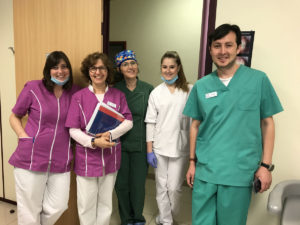
Departing the clinic at 1 pm, I had a short walk to the main Pamplona bus station, stopping for an ice cream along the way. Luckily, I already knew “the drill” since I had been in that station just eight days earlier – when I had taken the bus from Pamplona to St. Jean Pied de Port to start my Camino.
I caught the 1:30pm bus back to Estella, with the 45-minute ride costing 5 euros. Jose & his taxi were there waiting for me at the bus station. As planned, I had called him from Pamplona with my arrival time. For 13 more euros, Jose drove me back to my new albergue in Villamayor, arriving at 2:30pm.
Amazingly, the day had gone smoothly & just like clockwork, thanks to great planning by hostel host Adriana. She really was my hero! I felt so grateful & relieved that I didn’t need to miss any part of the Camino or lose a day. Lastly, as one CPA-minded friend pointed out: my dental care cost €25 and the transportation totaled €83.
Footnote (or is that Mouth Note): I saw my dentist soon after I got home. He confirmed the Spanish dentist had done a very good job & just the right thing. Unfortunately, the tooth needed a whole new crown – which cost way more than 25 euros! Ah, well, such is life… and believe me, no more Mentos!
My Twisted Ankle & Marcel’s Painful Forearm
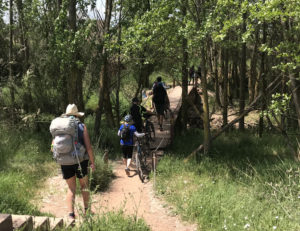
I sat there stunned on the edge of the bridge for around 5 minutes, assessing what had just happened. I was really hoping & praying that I hadn’t caused any real damage that could stop my Camino. Luckily, I was able to continue walking, slowly & cautiously, on the final flat stretch into town. I used my hiking poles for extra support, being careful not to twist or turn the ankle.
In Najera (population ~8,500), I had reservations at another nice private albergue – Puerta de Najera. I was meeting my good Camino friends there – Marcel from Germany & Helen from the U.K. (yes that same Helen of Mentos fame!). I checked in around 2pm with Marian, a delightful woman who helps manage the hostel along with the owner.
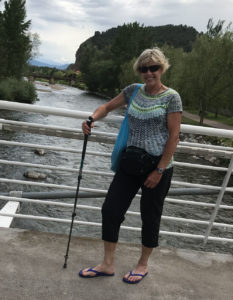
I told Marian about my ankle & Marcel’s arm. She said Najera had a very good health center (Centro de Salud) only a 5-minute walk away. She recommended waiting until after clinic hours were done and going to their Urgent Care (Urgencias) which opened at 3pm. She said there would be less of a wait there.
So, around 4pm, Marcel & I headed off to the Health Center in our clean pilgrim clothes & apres-hike footwear. I was using one hiking pole as a crutch to lessen the weight on my ankle. At Urgencias, we checked in at the Admissions window and filled out the paperwork (in Spanish!). After a short wait, we were called back to an exam room. We were the two-fer patients!
First, we saw the doctor for Marcel’s wrist & forearm that had pained him greatly for almost 8 days. The initial doctor was an older man who spoke no English and seemed genuinely annoyed to see us English-speaking pilgrims.
Luckily, Dr. Sara, a delightful young medical resident, soon appeared and took over our care. She spoke some English and she was patient with my Spanish. So, between us, we got the translation job done.
Marcel’s diagnosis was probable tendinitis from the first three hard days of using his hiking poles. To make sure there were no broken bones, Dr. Sara ordered an x-ray – scheduled for the next morning at 9am. She wrapped his arm to immobilize it & recommended ice packs and anti-inflammatory pills.
Now it was my turn for Dr. Sara to examine my right ankle & outer calf. Luckily, there was no swelling or pain while at rest. My ankle-high hiking boots had really helped protect my ankle! I had just inflamed the muscle, ligaments & tendons by all the stretching but there were no tears (that would take longer to heal).
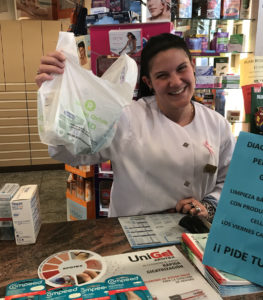
At check out, I got my bill for 45 euros. As for Marcel – being from a fellow European Union country, his medical care was free, after showing proper medical documents (his Gesundheitkarte!).
On the way back to the hostel, we visited a nearby pharmacy to buy a reusable icepack for each of us. Maite, the albergue owner, was there when we returned so we reported in. She had already heard about us “pilgrim patients” from Marian. By now, it was quite clear that Marcel & I would both need to stay in Najera one more night – for my rest day and Marcel’s xray tomorrow.
Normally, most pilgrim hostels permit you to stay only one night. However, they often make an exception in the case of medical issues. Maite said absolutely, we could stay two nights. She told us that “her house was our house!” In fact, she would move us tomorrow into a nicer 4-bed bunk room with more space and a balcony overlooking the river.
Fast forward to the next day. Marcel & I walked back to the health center for his 9am arm x-ray. Shortly afterwards, we saw a very pleasant general medical doctor in the main clinic area to review the x-rays. He didn’t speak much English, but he was kind & patient. He confirmed there was no break – just a bad tendinitis that would heal over a few more days of doing the right things. He recommended Marcel wear a wrist brace / forearm immobilizer – but one without a hard spine.
So, we headed back to the same pharmacy to look for a brace. While there, I asked the delightful pharmacist if she knew of a good physiotherapist in Najera. She said yes. That, in fact, the office for Juanjo was just one block away. She took me out her door and pointed in the direction. So, Marcel & I did a “reconnaissance mission” to find Juanjo’s office & locate a phone number to call.
We then visited a second pharmacy to check out their selection of wrist braces before returning to our albergue around 11am. The hostel doesn’t open to the new batch of pilgrims until 1 o’clock but we had been given the front door entry code, so we could relax in the lounge while the dorm rooms upstairs were being cleaned.
Marian greeted us, and we gave her our update. She graciously called the physiotherapist’s office and got me an appointment with Juanjo that afternoon at 4pm. Perfect! So, I had a relaxing day in the lounge, catching up on my journaling and Facebook posts – while resting & elevating my leg, along with the ice pack (after being cooled in the refrigerator).
When it was time, I headed off to the PT office of Juanjo Alcoa Alsasua. Once again, it was only a 5-minute walk. Juanjo turned out to be excellent – professional, very well-trained, and very personable. He definitely sees a lot of pilgrims in his office, which also has two other PTs. He spoke some English, but it was easier for me to speak Spanish with him.
He spent a full hour with me, working on both my right ankle & calf and a chronic left foot issue using his special Indiba heat therapy machine. Then he taped up my ankle with his bright orange kinesiology tape. He also agreed it was okay for me to start walking the next day. He recommended that, as soon I got to my hostel each day, I elevate my leg and use the ice pack on my ankle and then my calf. Final bill – 45 euros.
I was feeling so relieved that my ankle injury turned out to be minor & I could continue the Camino. I lost just one walking day – but it worked out nicely that I was “stuck” in a nice town like Najera. I knew, for the next several days, I would need to walk a little more slowly & carefully. However, I would certainly not be the only pilgrim on the Camino limping along – there are many!
After the appointment, I walked back to the peaceful riverside park directly across from my albergue to relax and enjoy the last of the beautiful afternoon. That evening, I saw Maite in reception & gave her the medical update. I also thanked her for her & Marian’s wonderful hospitality and invaluable support of me and Marcel.
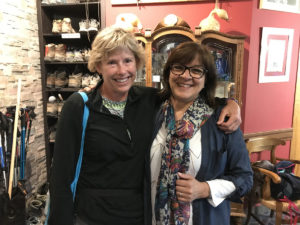
However, I told her, the problem is I don’t have a daypack. Maite smiled, and with a twinkle in her eye, she said there is always a solution to every problem. She walked me over to a display case of pilgrim items. She pulled out a couple different styles of daypacks that she had for sale. One was perfect (size & cuteness!) and only cost 12 euros. Problem solved!
Maite gave me a slip for the backpack shipping company she likes and told me how it works. So, I called the company that evening to arrange for the pickup of my purple backpack in the morning (to be ready by 8am) to be shipped ahead to my lodging tomorrow in Santo Domingo. The cost – 5 euros.
As I headed upstairs to my bunk room, I felt at peace and quite blessed that this second medical issue had also worked out so well. Yes, more evidence that the “Camino Provides” when we pilgrims are in need.
Camino Lessons Learned – From My Medical & Dental Experiences
- As you’ve seen, many of my different healthcare providers did not speak English or spoke just a little. We are in Spain, after all!
-
So, if you don’t speak Spanish, try to find someone who does – like a fellow pilgrim – to go along with you to medical appointments (like I did for Marcel).
- If not possible, make sure you have a Spanish translation app – like Google Translate – on your phone!
- The staff & volunteer hosts at your albergue (or other lodging) can be invaluable local resources – helping you know what to do and where to go!
- You just never know when “unexpected” things might pop up on the Camino and you may need to take an unplanned rest or medical treatment day. It’s all part of the “going with the flow” of the pilgrim experience.
- Remember there is always the local transport option – like a taxi or bus – to ferry you to a different town to get medical care, if needed (like my Pamplona dental appointment!).
My Travel Insurance
On a final note, I want to share what I did about Travel Insurance for this Camino – and how it actually “paid off!” Going straight for the punch line: I paid a total of $69 for an insurance policy & was reimbursed $184 for my medical costs! That means, I “made” $115. Not bad, eh?!
The Back Story: Like I do for all international trips, I bought Emergency Medical & Medical Evacuation insurance before leaving for Spain. I didn’t buy a trip cancellation & interruption policy since that wasn’t really necessary for this trip – plus, it’s the most expensive part of travel insurance.
I used my favorite SquareMouth travel insurance brokerage site to buy a policy from Tin Leg. It covered Emergency Medical up to $100K (primary coverage) & Emergency Medical Evacuation up to $500K while in Spain & France for almost 5 weeks. As mentioned, the policy cost just $69 – and I’m a “mature” Baby Boomer so that’s not bad at all!
While on the Camino: Since my dental & medical issues were minor, I didn’t feel the need to call Tin Leg’s emergency phone number for their 24-hour Traveler Assistance services. I think these type of services may offer translation services, which could be handy.
I paid “out of pocket” for all my medical services while in Spain, but I made sure to get receipts for all my care. Once I got home, I contacted Tin Leg to report the medical issues on my trip and seek reimbursement for those costs. Happily, they were very easy to deal with. I was promptly reimbursed for my dental visit, Urgent Care visit, and the PT visit because I had valid proof of all the costs & my payments! However, they didn’t go for the taxi ride to Pamplona!
I’ve written an informative blog post on the very important topic of travel insurance so you might want to check that out – DeMystifying Travel Insurance: What You Really Need to Know. As I stress in the article, I am a strong advocate for always being covered for medical costs & air evac while abroad – because that is really your biggest financial risk in case something “big” medically does happen.
COMMENTS: Have you ever had to seek medical care while traveling in Spain or other parts of Europe – Camino or not ? What was your experience?

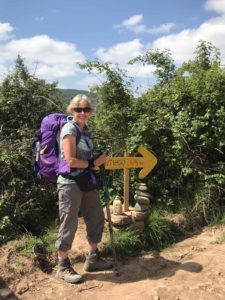
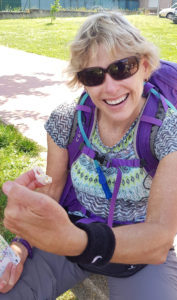
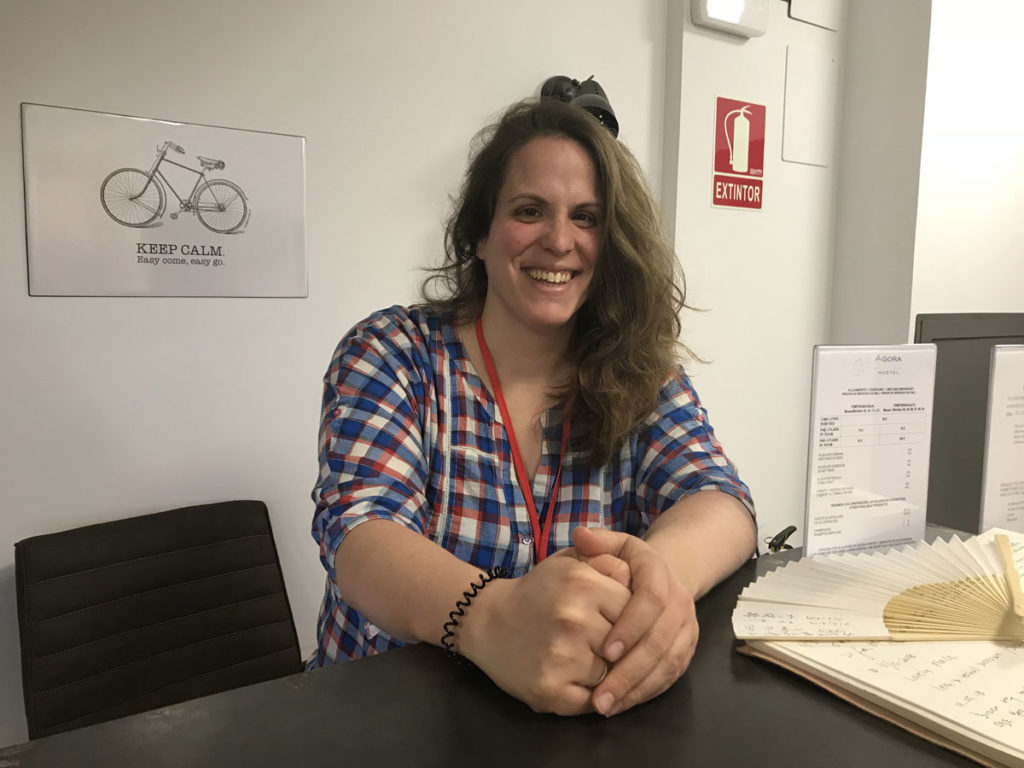
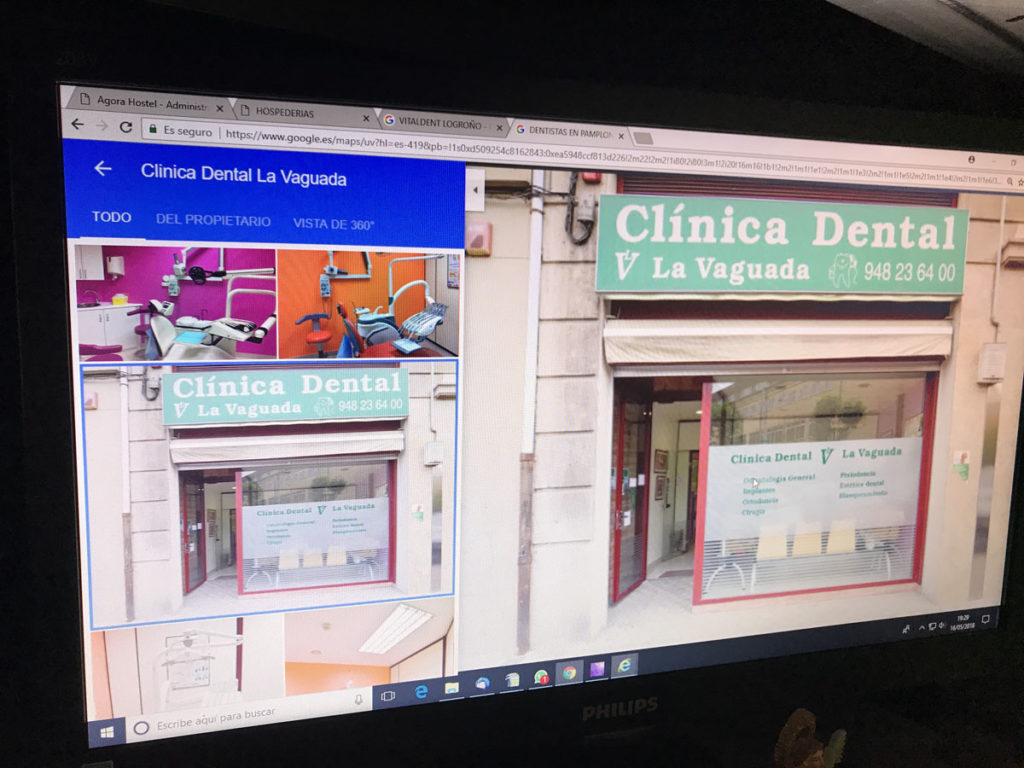
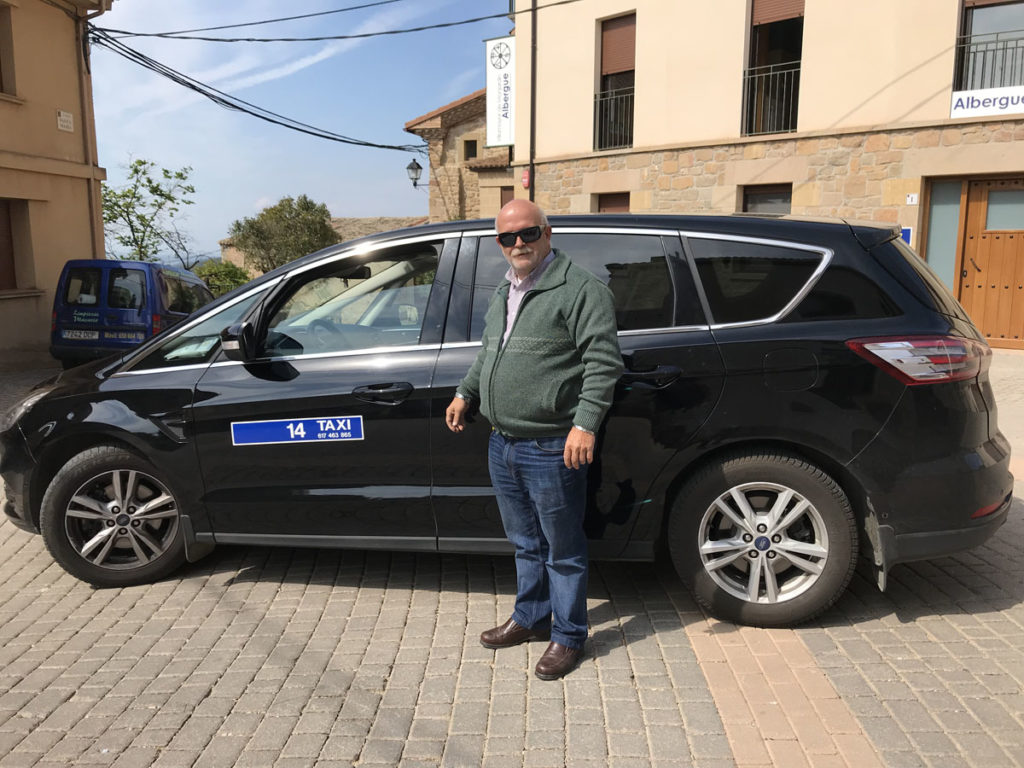
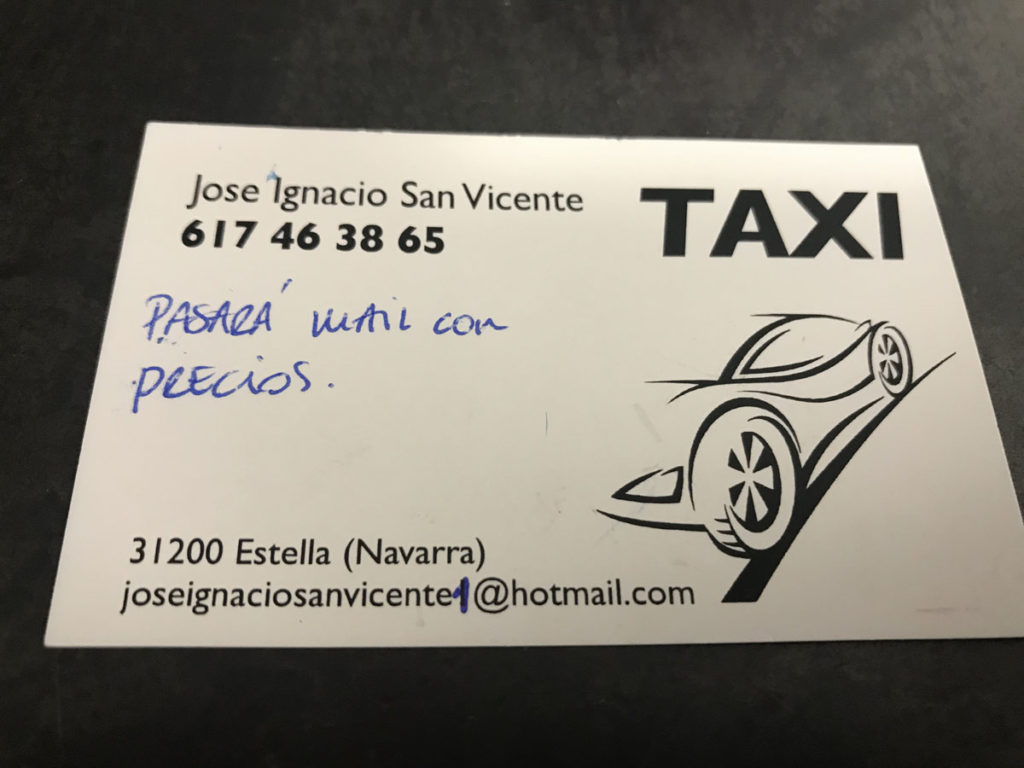
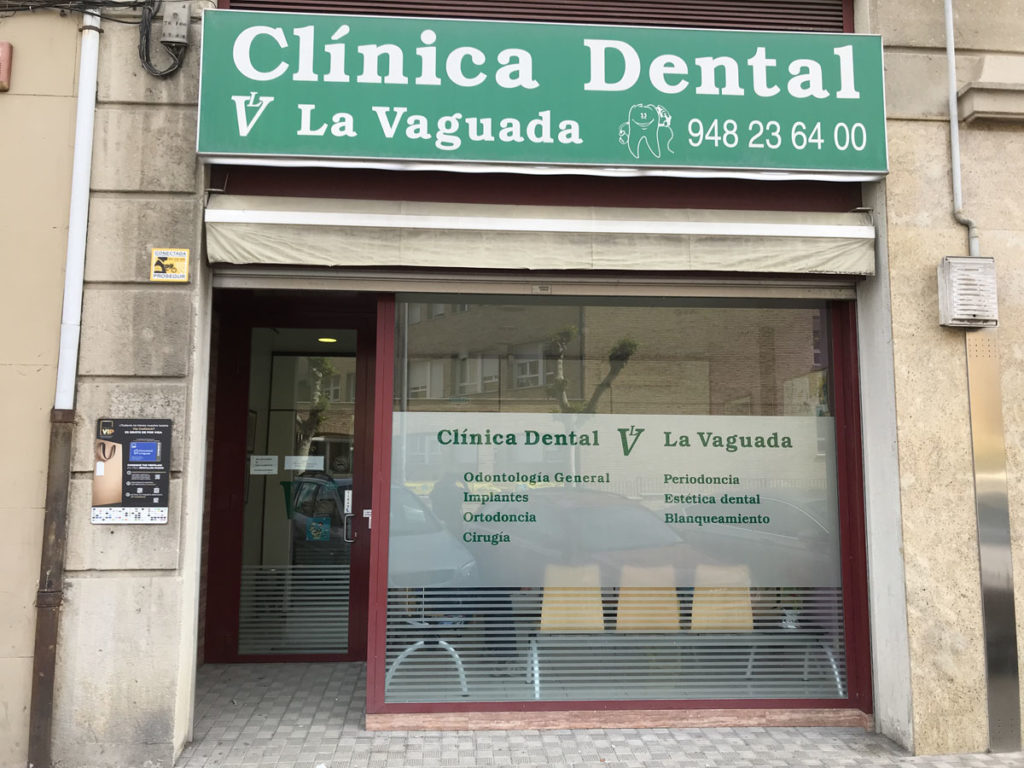
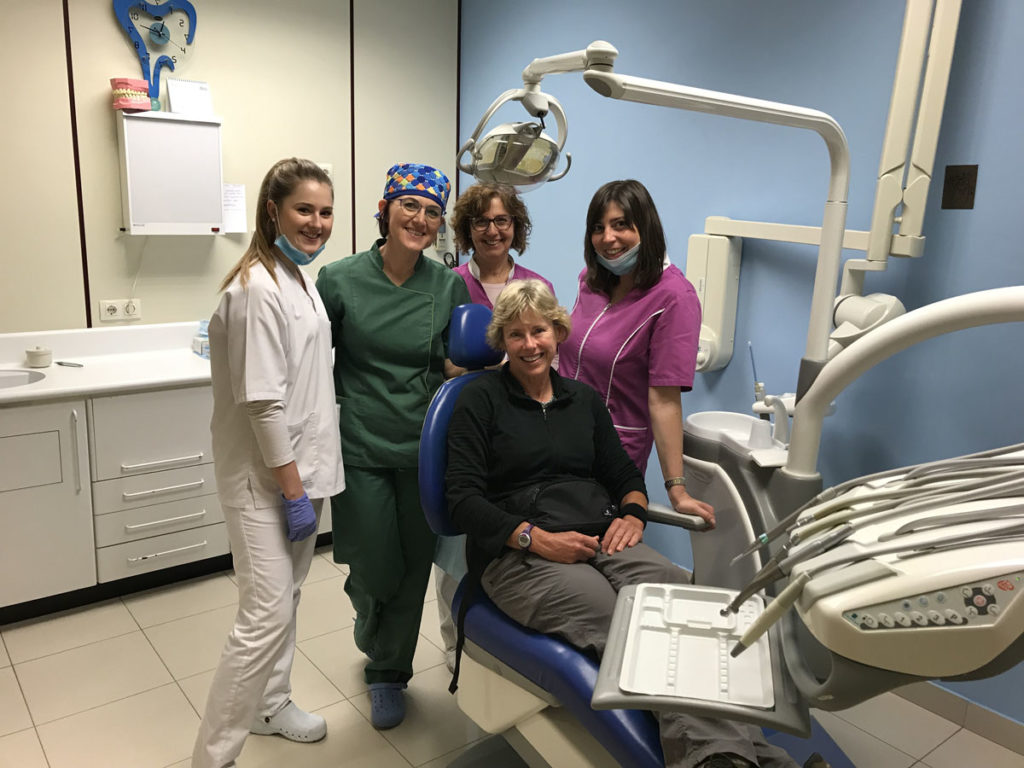
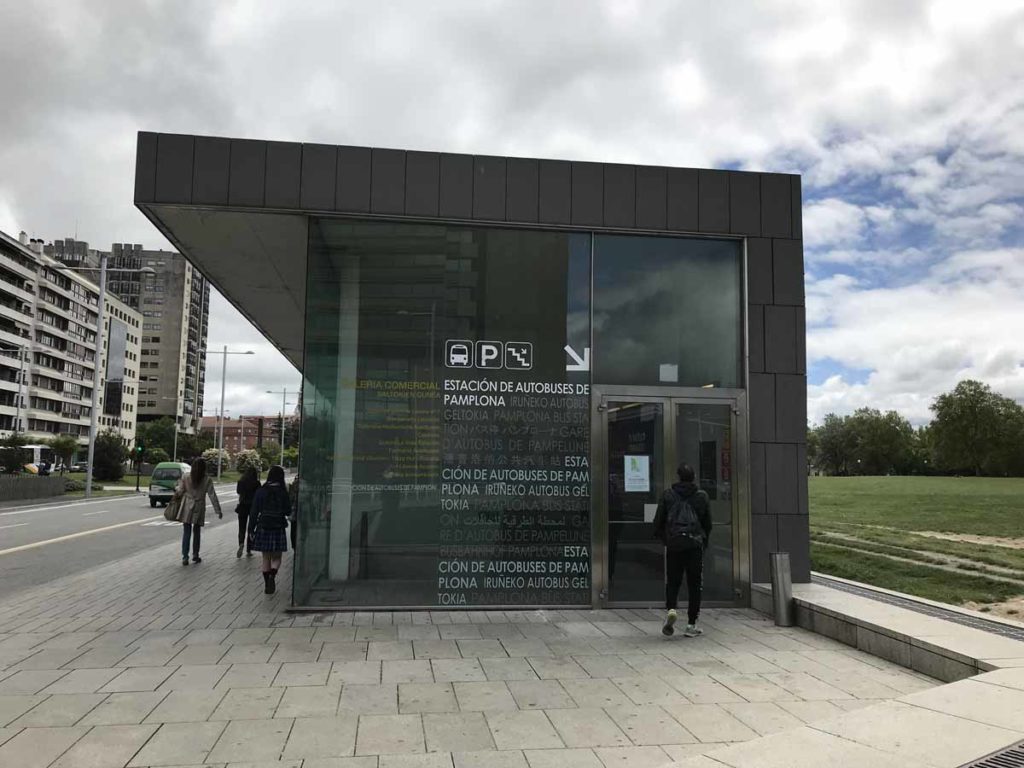
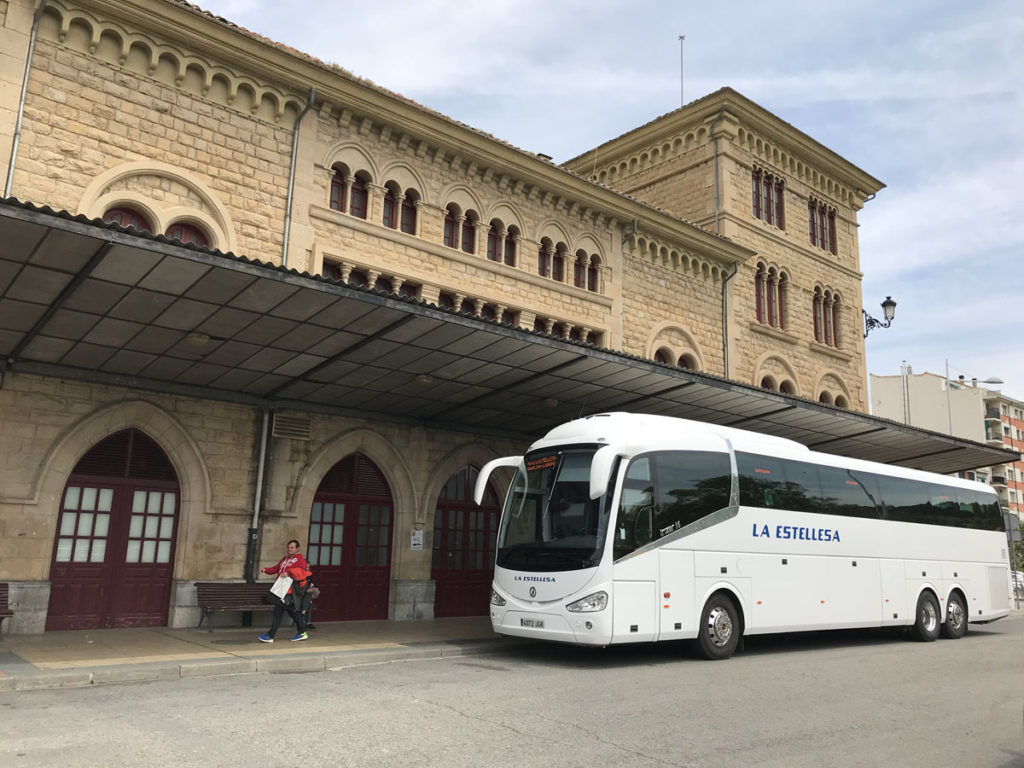
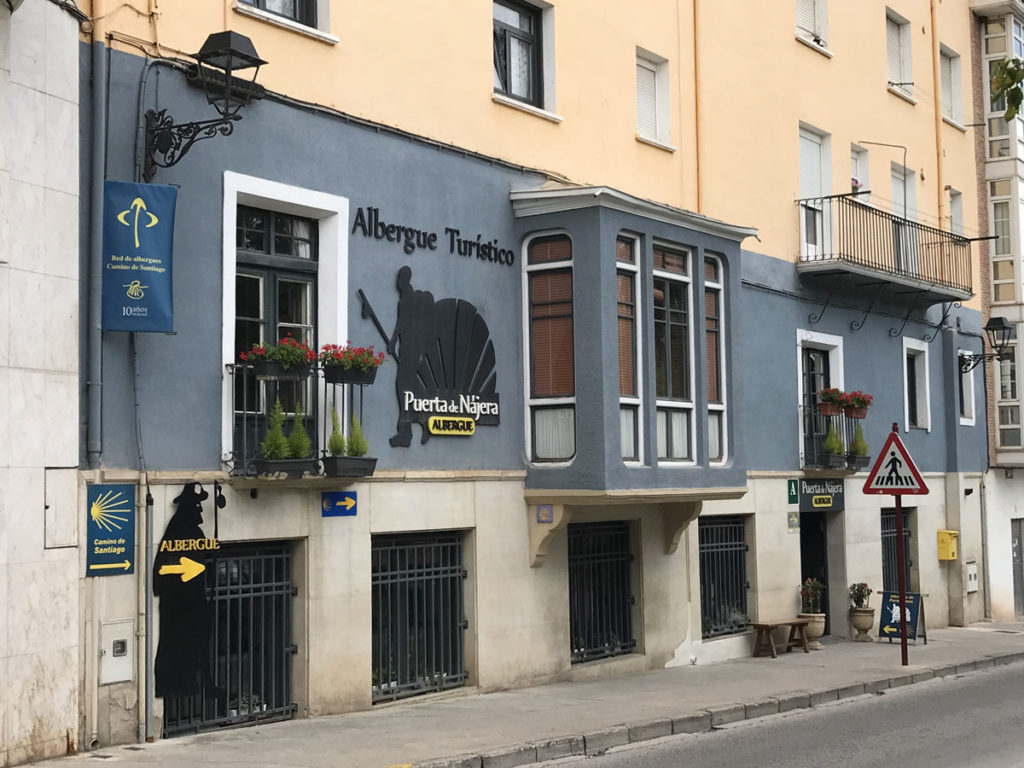
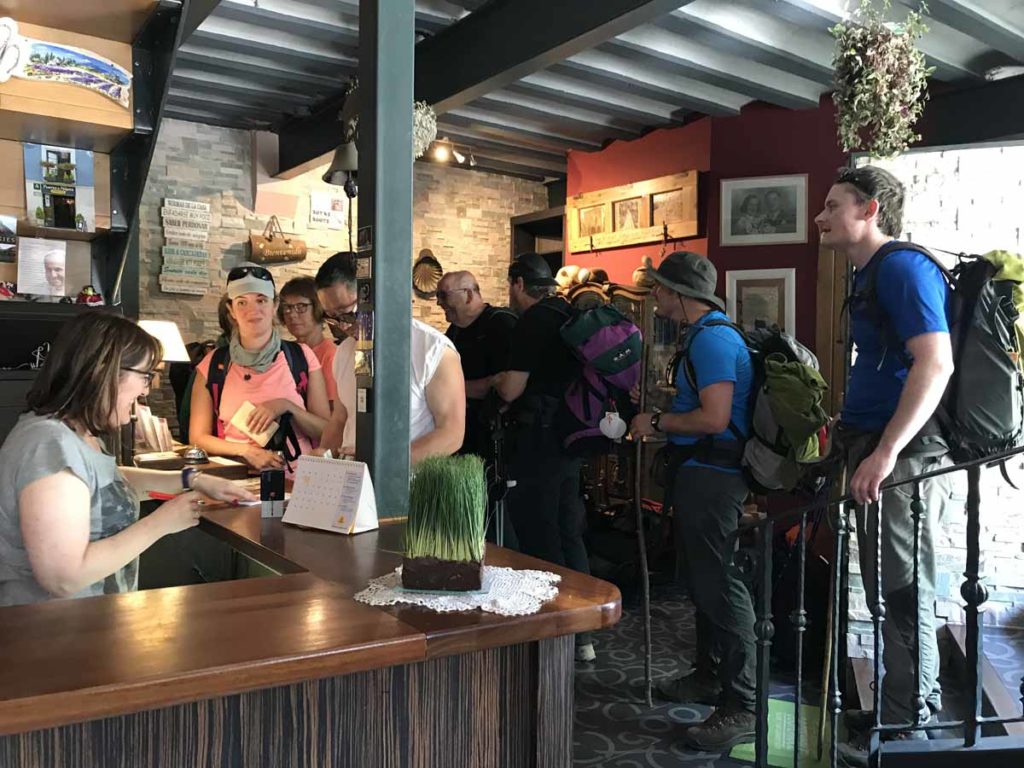
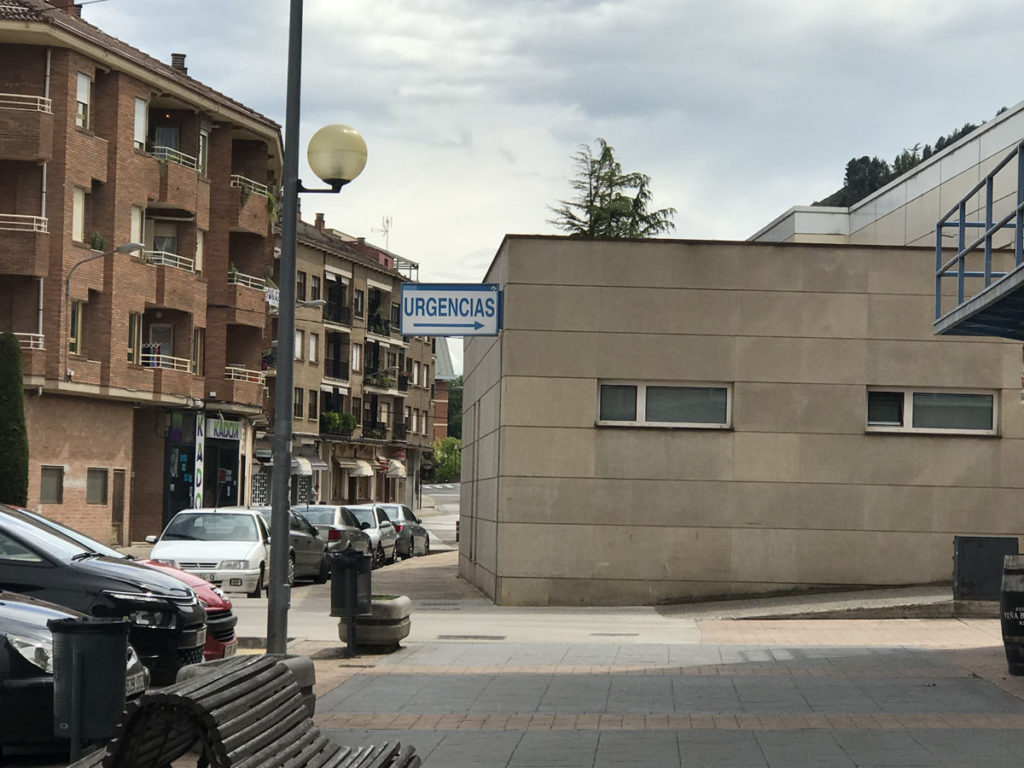
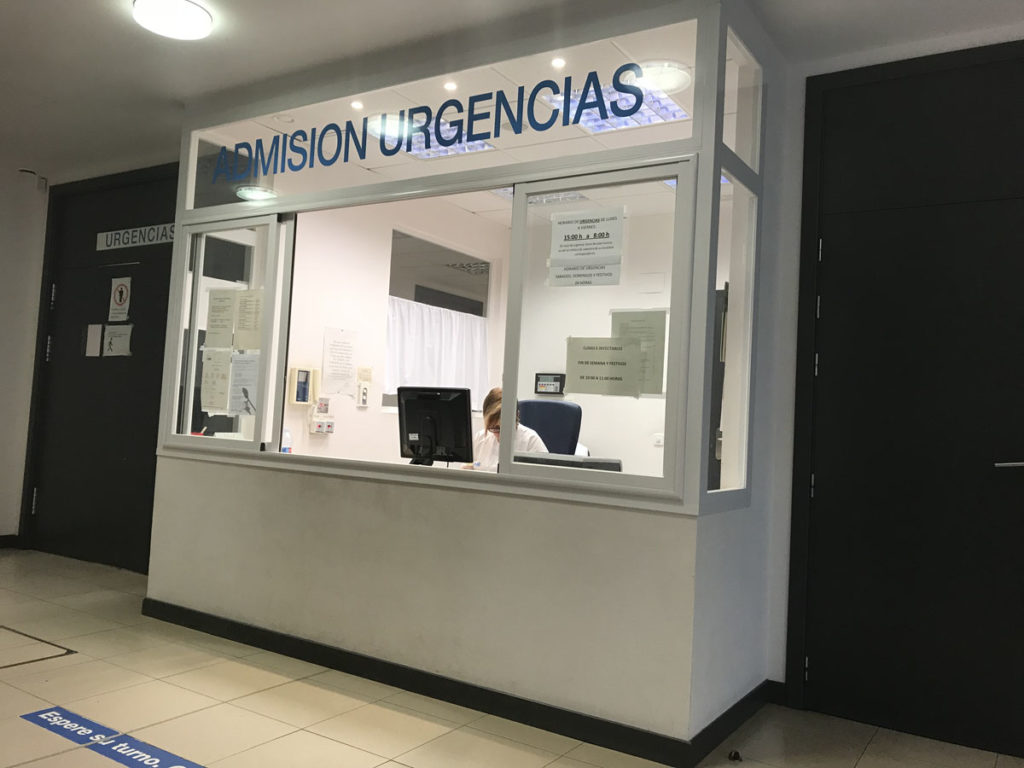
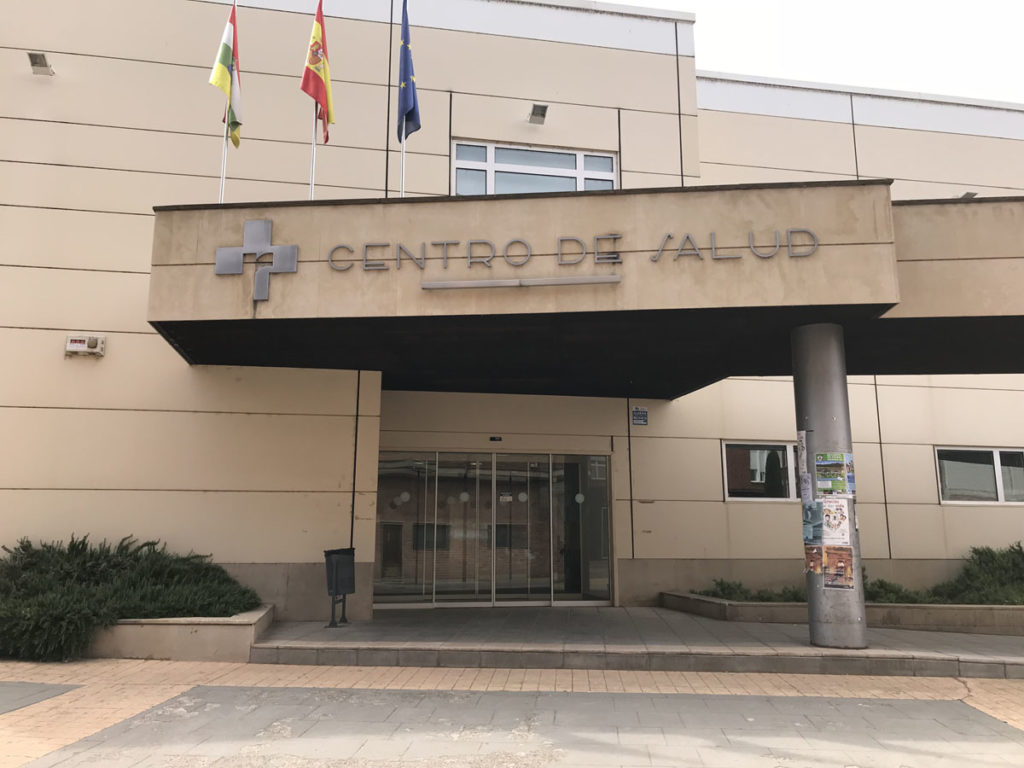
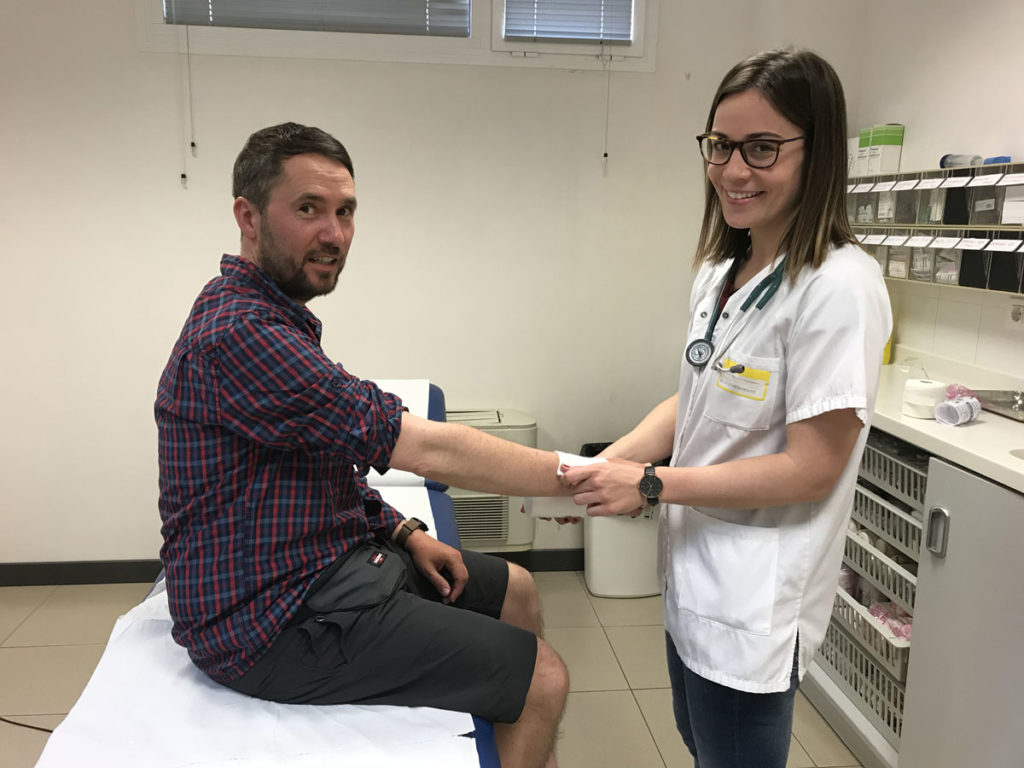
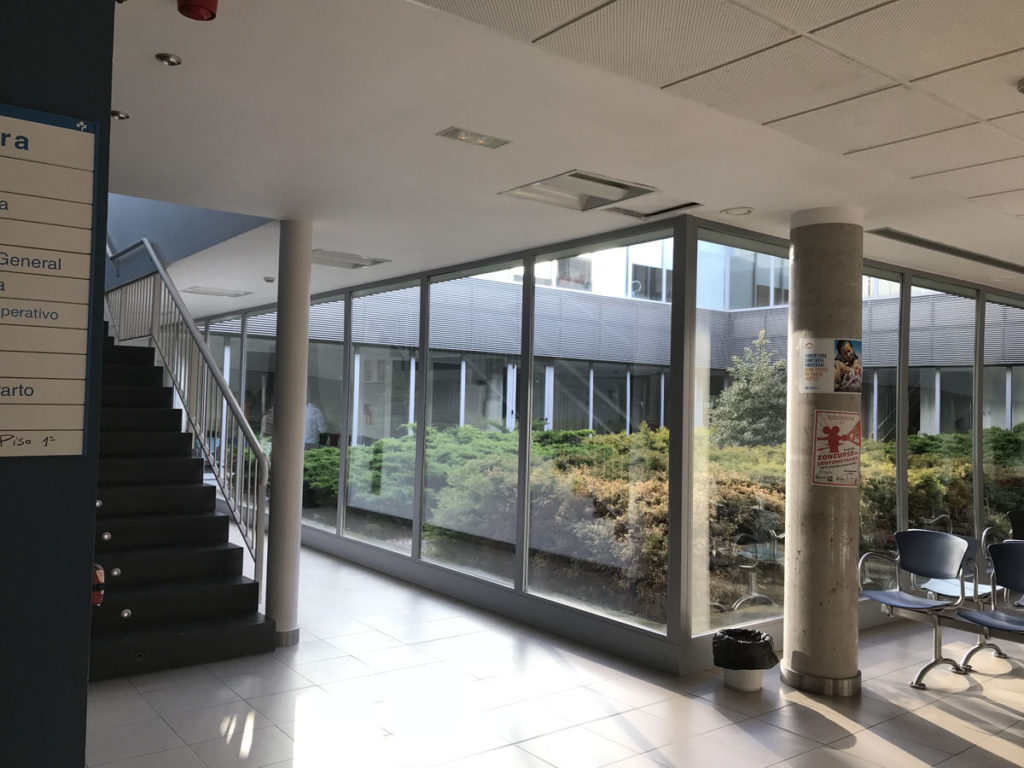
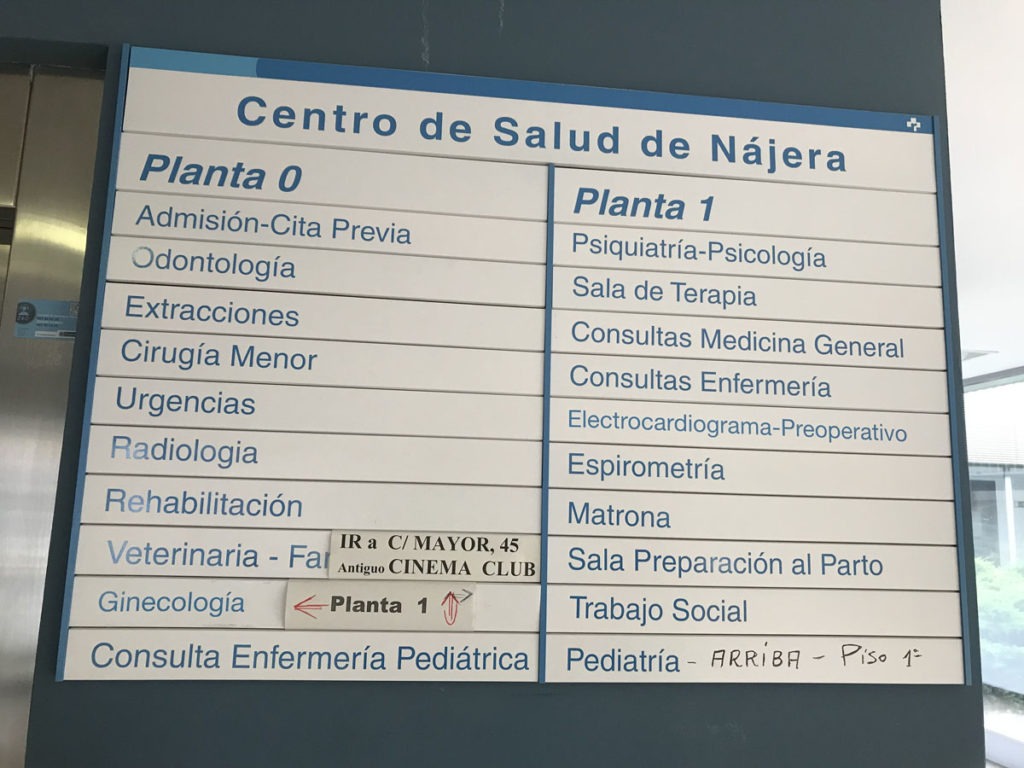
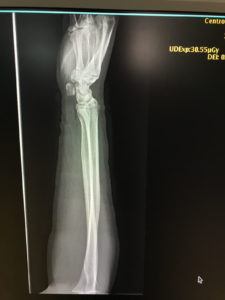
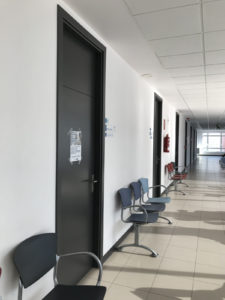
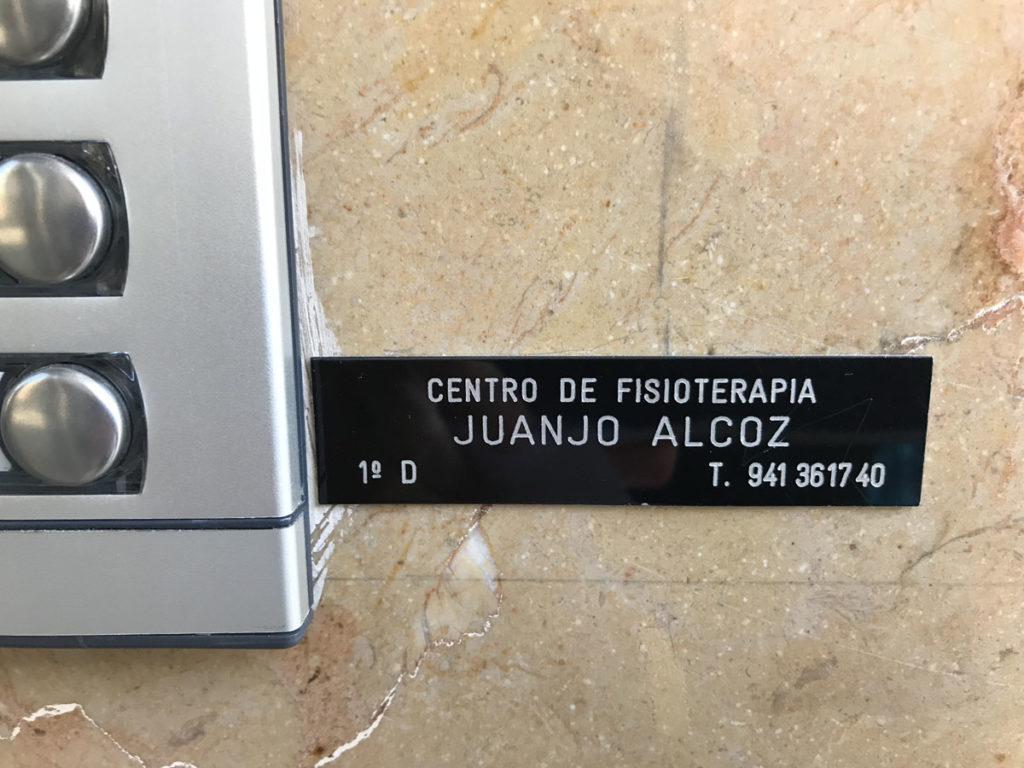
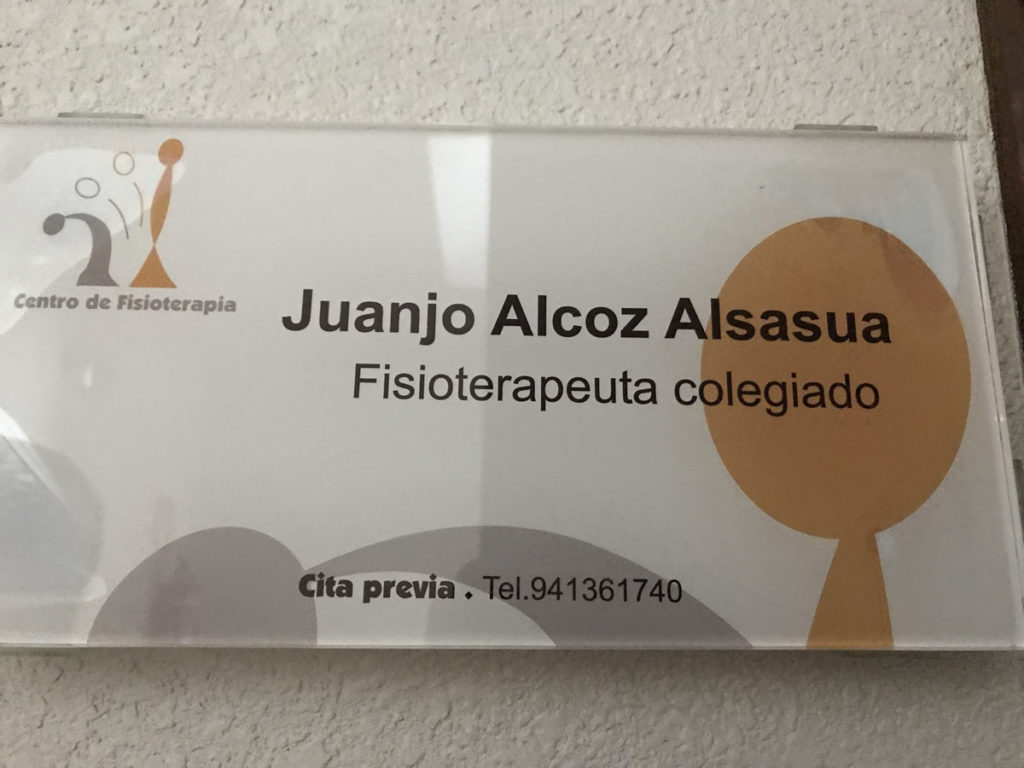
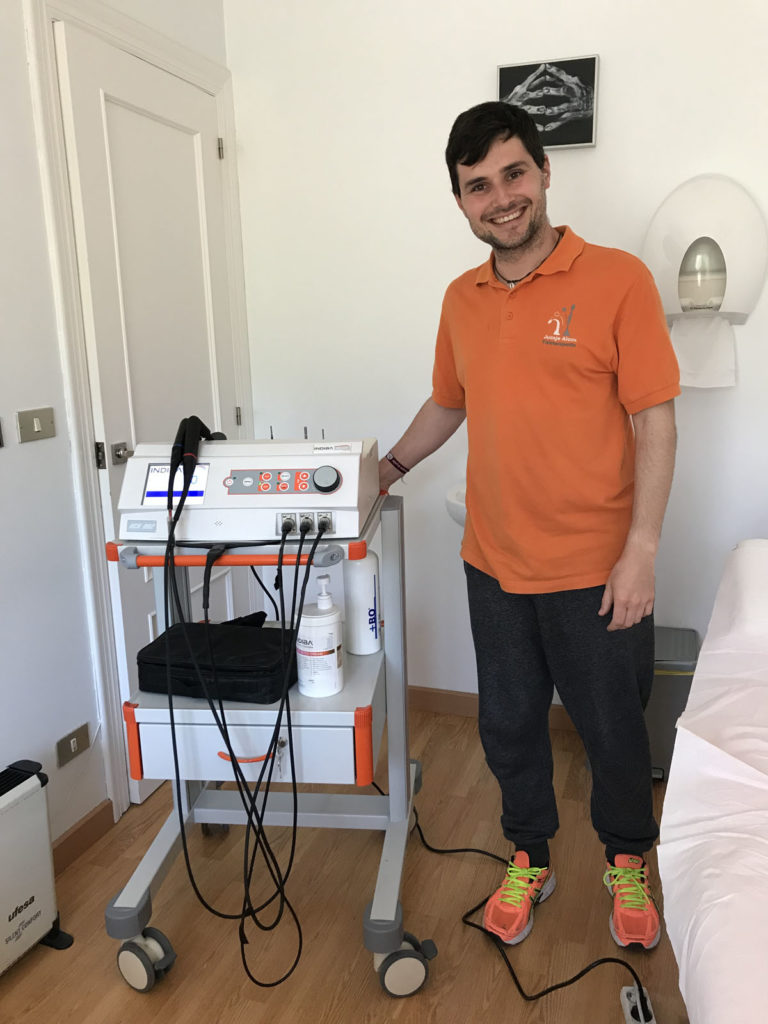
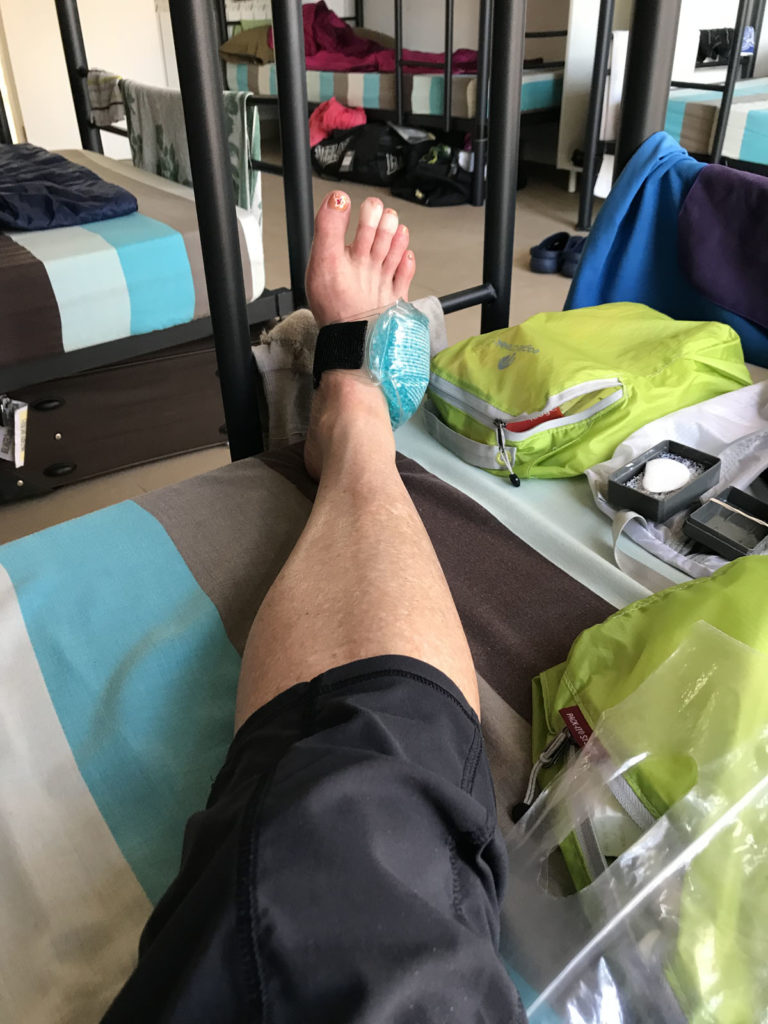
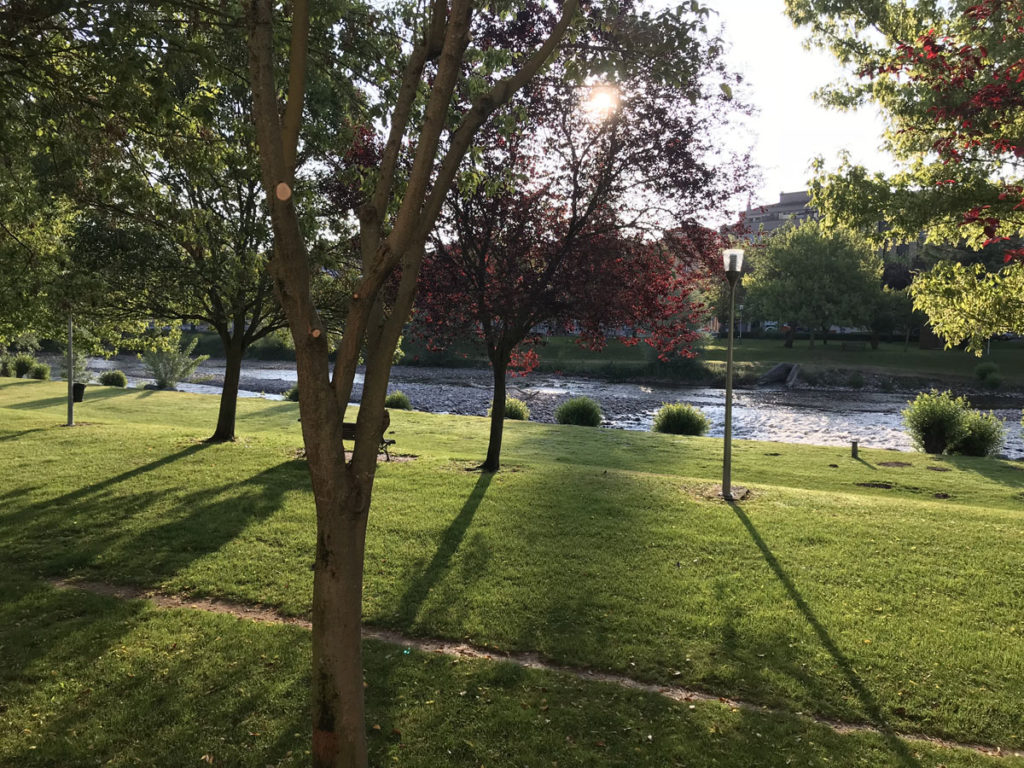
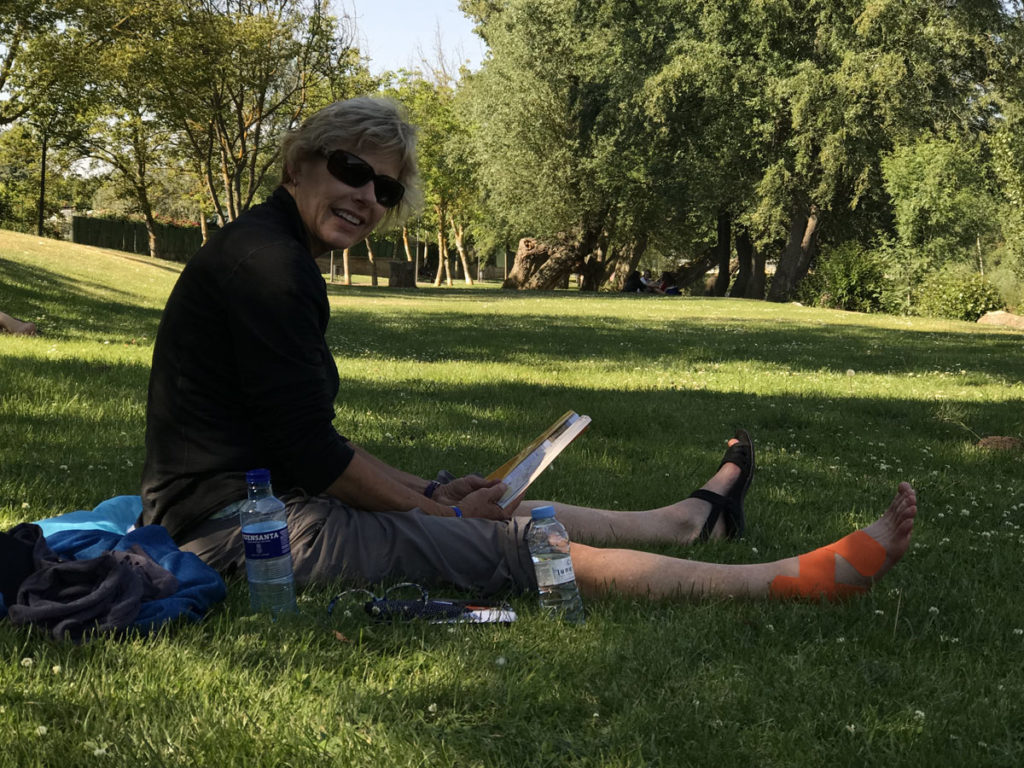
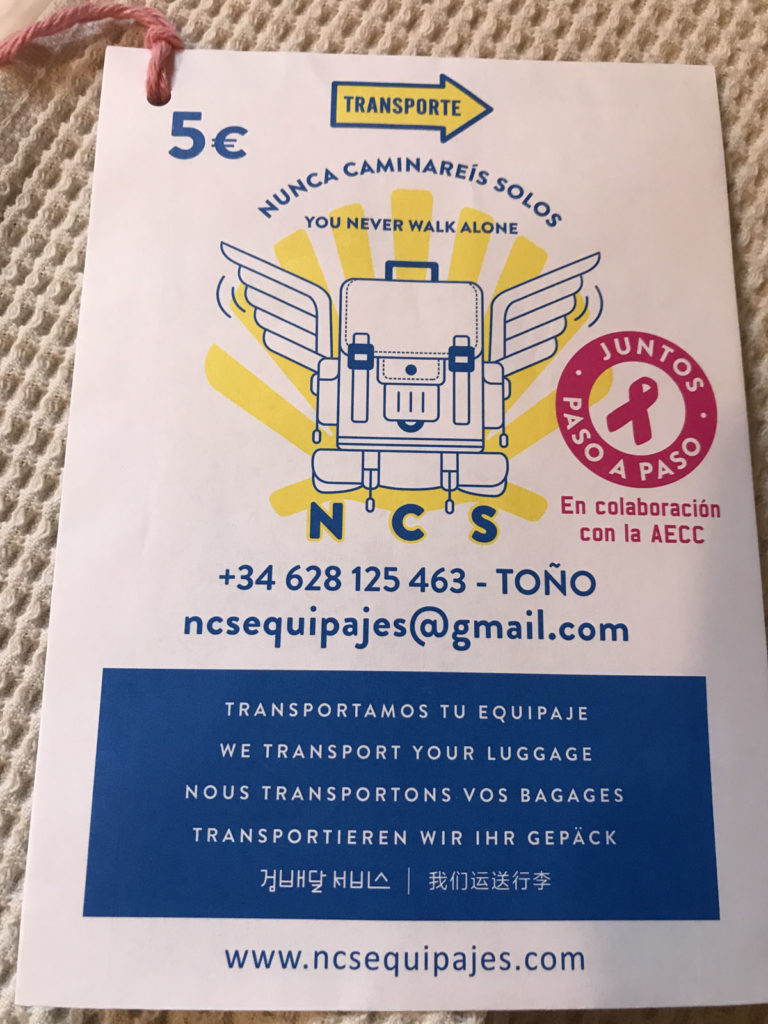
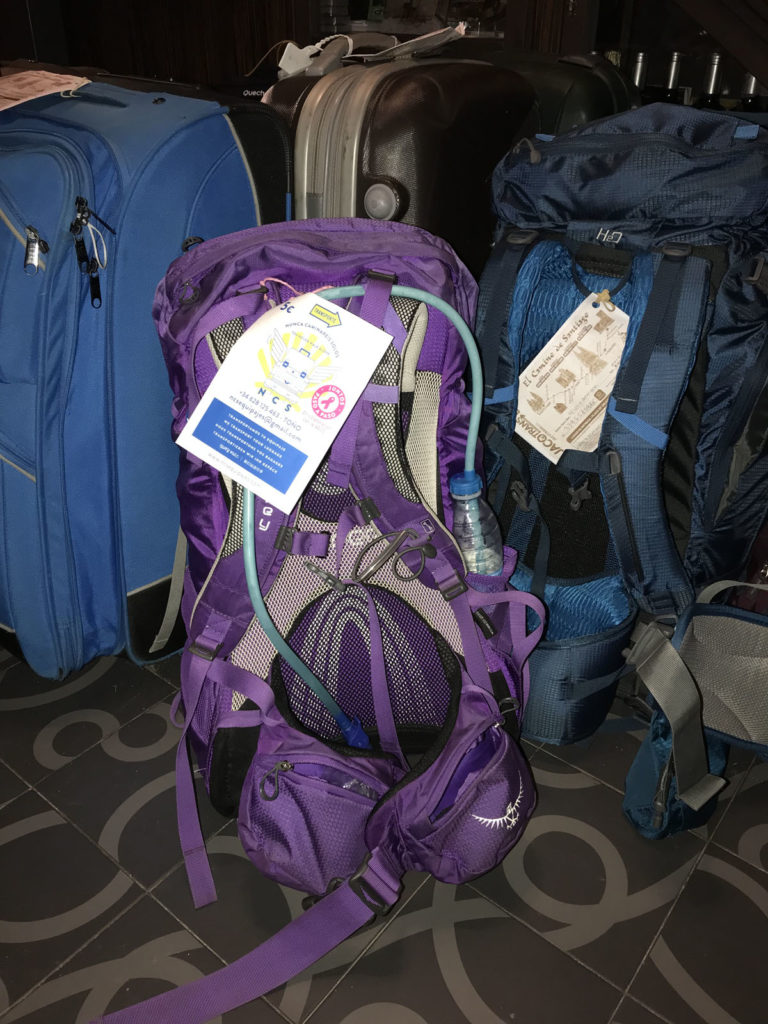
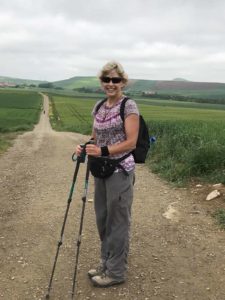
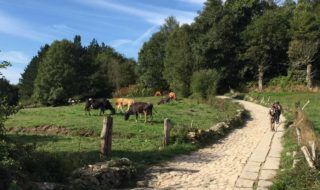
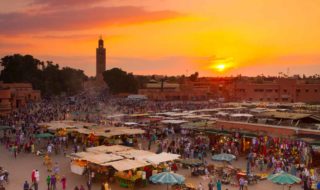
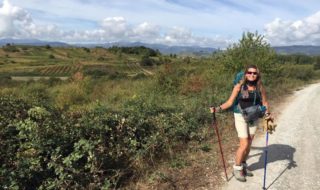
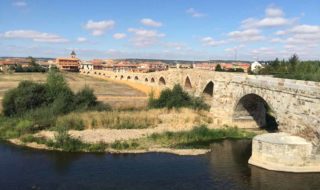
Post a Comment